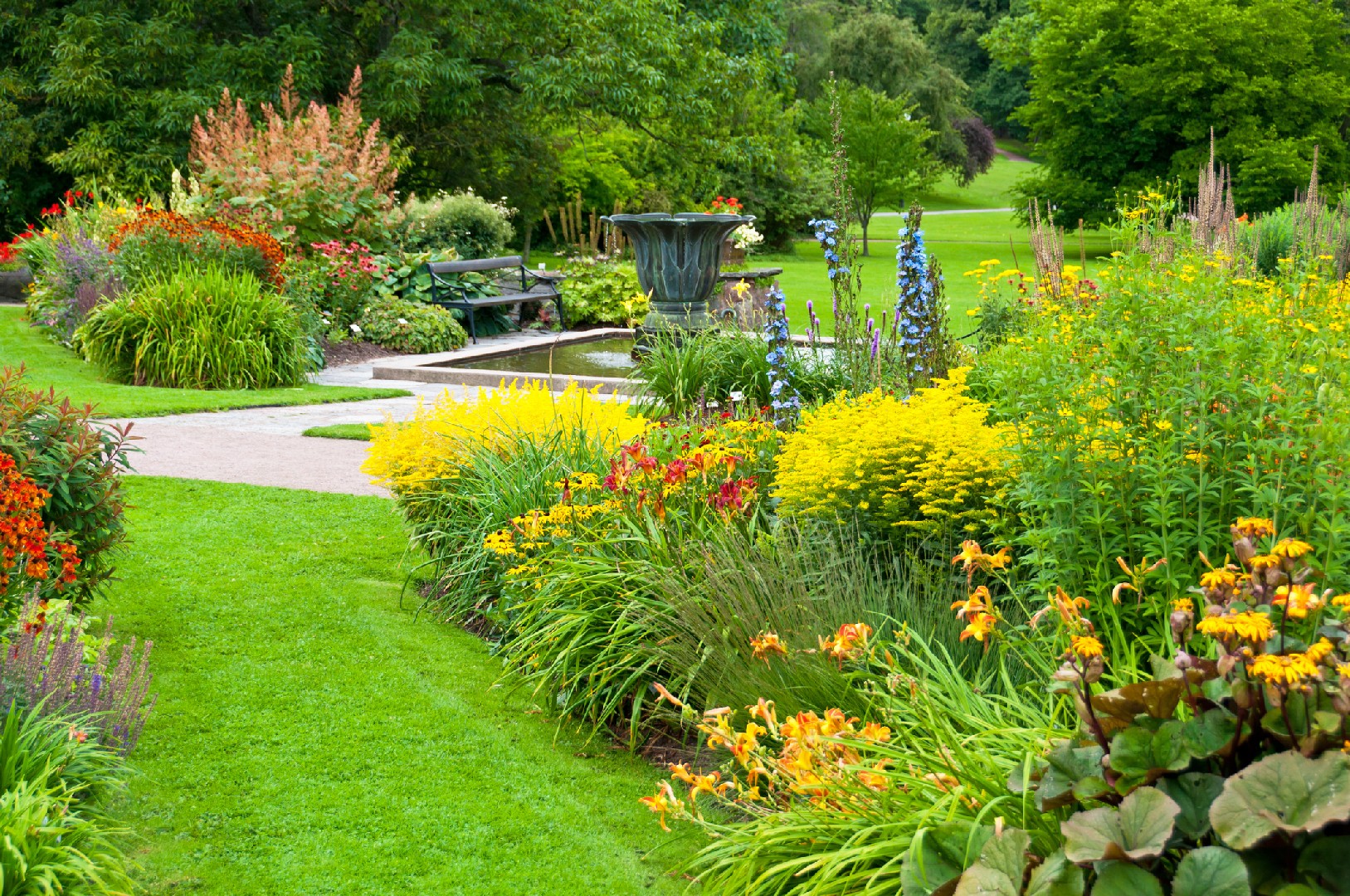![Rectangle]()
Case Study: Successful Early Spring Bloom Gardens
The vibrant colors and delicate fragrances of early spring bloom gardens never fail to instill a sense of hope and anticipation for the warmer days ahead. In this section, we will explore some real-world examples of successful early spring bloom gardens, and uncover the unique strategies and designs they have implemented.
One inspiring case study is the "Meadow of Dreams" garden in Portland, Oregon. Located within a small suburban backyard, this garden showcases a diverse selection of early spring blooms, including daffodils, tulips, hyacinths, and crocuses. What makes this garden truly remarkable is the strategic placement of these flowers, creating a delightful tapestry of colors and textures. The owner, Sarah Johnson, reveals her secret to success: "I carefully selected early blooming varieties with staggered flowering times to ensure a continuous display throughout the spring season."
A key strategy employed by successful early spring bloom gardens is the implementation of layering techniques. The "Celestial Symphony" garden in New York City is a testament to this approach. By planting snowdrops and hellebores as the lowest layer, followed by mid-level flowers like primroses and lungworts, and finally adding taller blooms such as daffodils and tulips, this garden achieves a multi-dimensional and visually stunning display. Layering not only maximizes the impact of each flower, but also extends the bloom period by staggering flowering times.
Another garden that showcases unique design principles is the "Enchanted Eden" garden in London, England. This garden not only celebrates early spring blooms, but also incorporates elements of fragrance, sound, and touch. Owner and designer, Emily Carter, explains her approach: "I've created sensory pathways within the garden, leading visitors through a series of fragrant blooms like narcissus and wallflowers, accompanied by the soothing sound of trickling water from a small fountain." The integration of different sensory experiences elevates the overall garden experience and creates a deeper connection with nature.
Reflecting on these case studies, there are several lessons we can learn. First, strategic selection of early blooming varieties and staggering flowering times ensures a prolonged and captivating display of colors. Additionally, employing layering techniques allows for a visually dynamic and multi-dimensional garden. Finally, incorporating sensory elements such as fragrance and sound can elevate the overall garden experience and create a deeper connection with nature.
As you embark on designing your own early spring bloom garden, consider these strategies and designs to create a stunning floral display that brings hope and joy to your outdoor space. Remember to carefully select a diverse range of early blooming flowers, incorporate layering techniques, and explore ways to engage multiple senses. With these insights in mind, your garden will bloom into a mesmerizing testament to the beauty and resilience of nature in the early days of spring.





